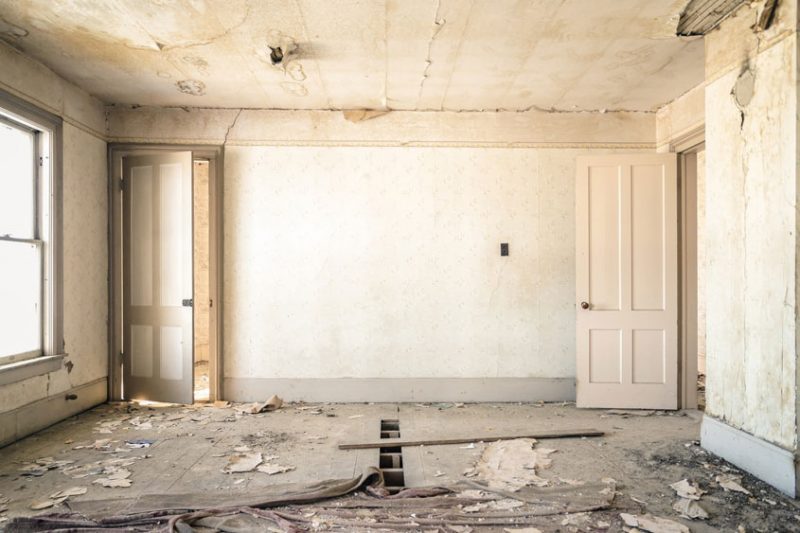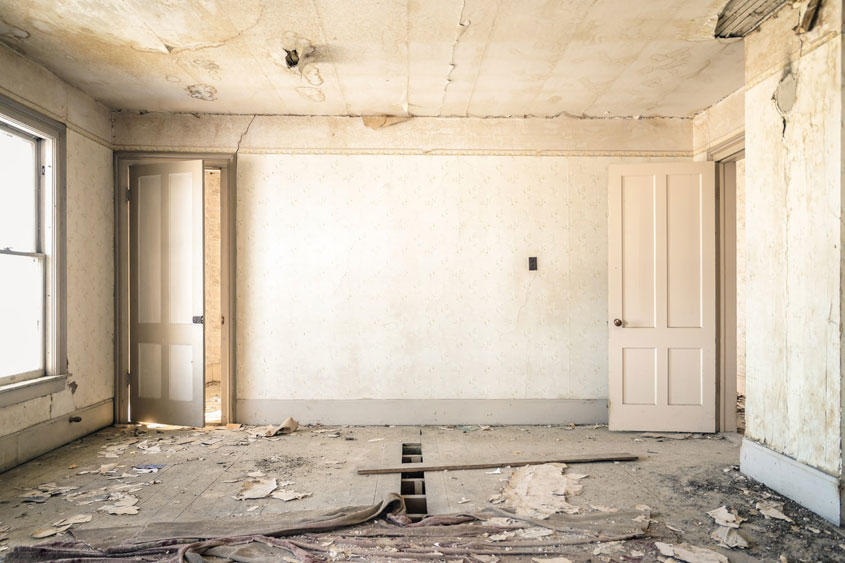
When looking for the perfect house, a carefully curated list is often created by buyers. From knowing they’ll only be house hunting in historic neighborhoods or buying a house with crown molding or possibly searching for a big bay window in the dining room, the little details can really make or break the final sale.
While older homes have a certain charm, it’s no secret that there are more dangers associated with them. Many times the most alarming risks involve the types of materials used in the construction. Whether you already own an older home or you’re in the market for one, it’s important to understand the risks associated with home construction throughout the decades. This level of knowledge can ensure the health of those you love whom occupy that space.
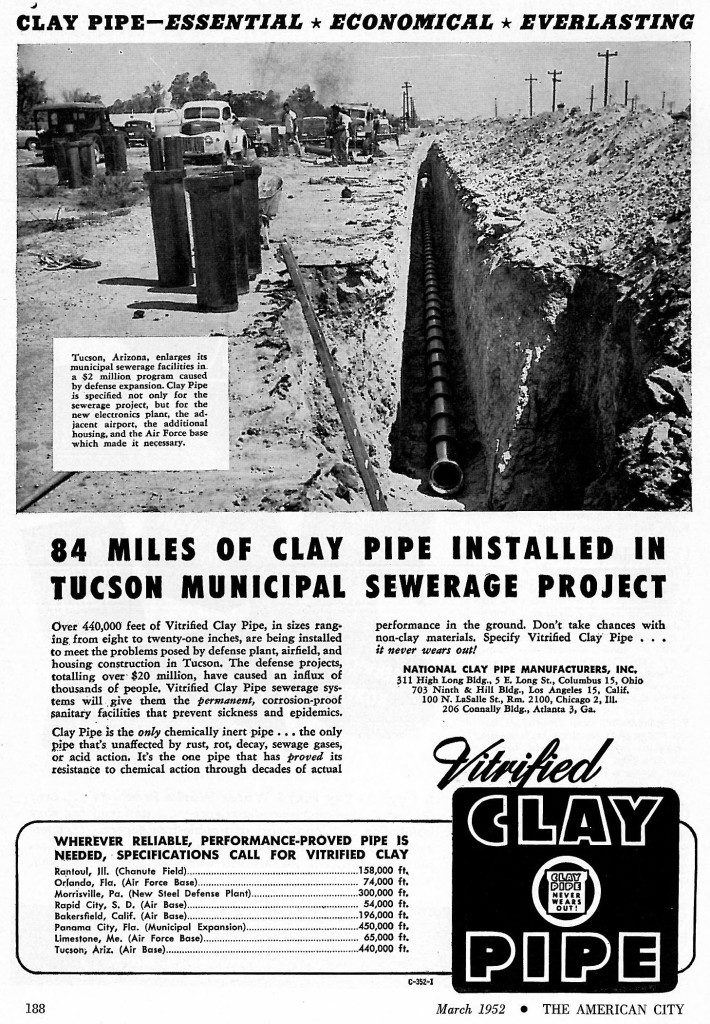
1. Clay Pipes
Houses constructed in the 1930s-1950s often used underground pipes for drainage. These older forms of piping, whether it be clay or cast-iron, might be worth removing if your property drains very slowly or your sewage line is constantly backing up. While it’s possible for any form of piping to succumb to some damage, clay sewer pipes are especially susceptible to tree root invasion, which causes harmful blockages. When constructed, these pipes were fused together from odd lengthed pieces, eventually being the reason for large breaks or cracks over time.

2. Asbestos
An expansion or remodeling project can be very exciting, however this task can prove to be a lengthy project where unexpected prices can quickly add up. Prior to knocking down walls and ripping up floorboards, it’s important to note the age of your home.
Asbestos was often included in a wide rage of materials used to construct homes in the 1940s and beyond. Asbestos was an attractive addition due to its unique properties including extreme durability and heat resistance. This material was utilized in insulation, ceiling and floor tiles, walls, windows and numerous other places.
If you fear asbestos might be lurking in your home, seek professional help and don’t attempt to remove the toxicant on your own. Generally, health risks decrease if asbestos remains fully intact, but if the material seems damaged in any way, broken or worn fibers can become airborne putting anyone in close proximity in danger to a number of illnesses, including chronic lung disease asbestosis and the fatal mesothelioma cancer.
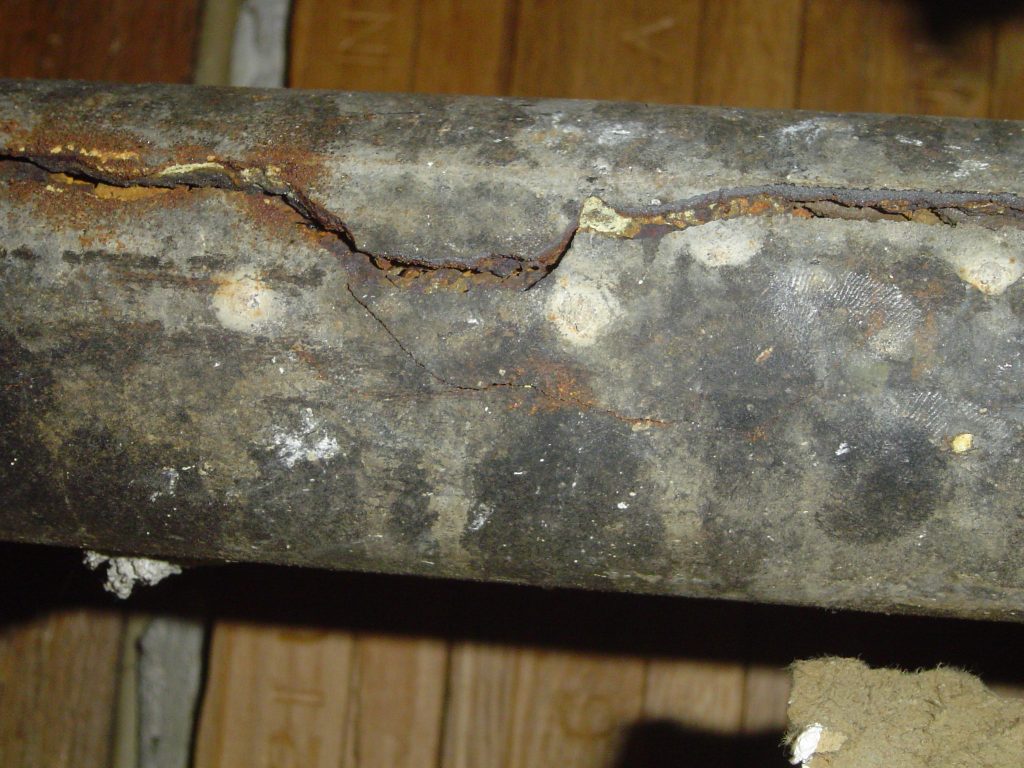
3. Galvanized Plumbing
If your home was built before or during the 1950s, it’s quite possible the plumbing is outdated if it hasn’t already been replaced. Oftentimes, homes from the first half of the 19th century have plumbing systems created from galvanized pipes, popular due to their zinc coating which prevents rust from forming. Over time, however, the inside of these pipes become corroded with sediment buildup which will slow down the water pressure and limit ideal functionality.
Investing time and energy into finding a professional plumber in your area that is aware of both external and internal issues might be the best route to take. Creating a beautiful bathroom is something most homeowners strive for, however neglecting these unseen responsibilities may have serious future repercussions, which is par for the course when owning an older home.
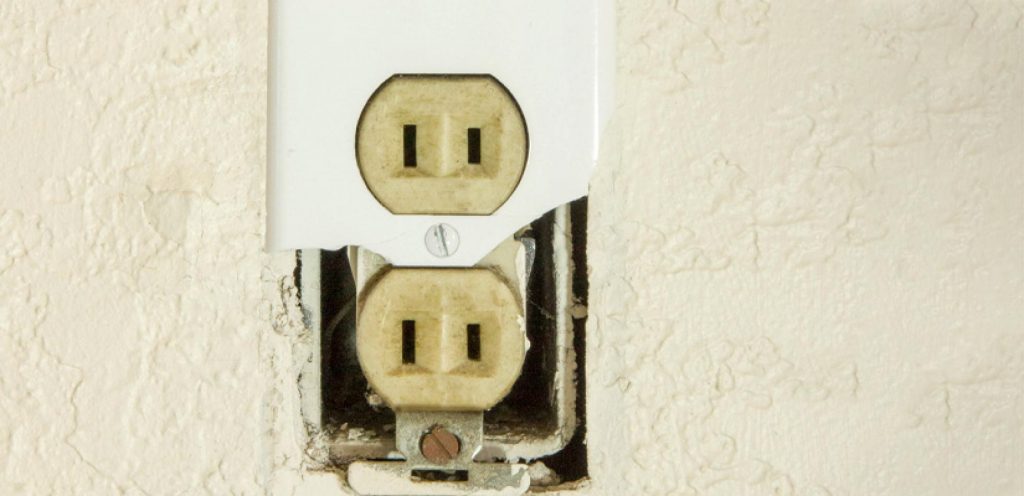
4. Non-Grounded Outlets
Before the 1960s, grounded outlets were not a popular feature in the home. Non-grounded outlets, also known as 2-prong outlets, were used throughout the home. Replacing these old-fashioned 2-prong outlets is something to highly consider. Non-grounded outlets lack the additional wiring that protects people from unintentional surges of electricity. Without updating your electrical system, your house is more prone to electrical fires, fired appliances, and electrocution at any capacity.
If you’re in the process of renovating a room, it’s a great idea to have the electrical wiring taken care of at the same time. You cannot ground a non-grounded outlet without running new wire, therefore each individual non-grounded outlet has to be its own project, and best practice is to hire a licensed electrician for the job to be completed properly.
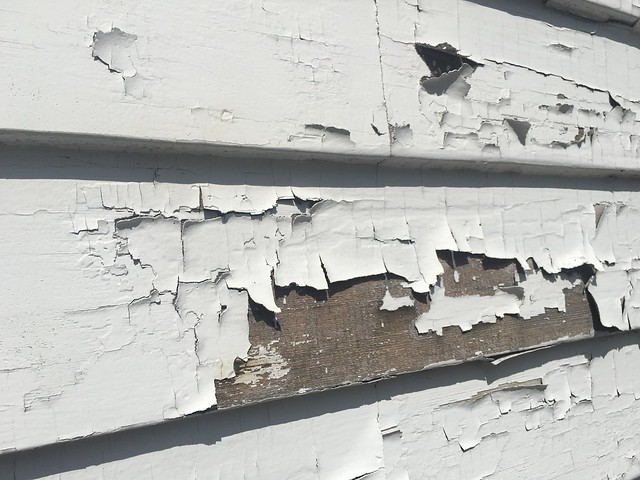
5. Lead Paint
Lead paint was officially deemed illegal by the Environmental Protection Agency (EPA) in 1978, so there’s a good chance toxins could be hanging right on your walls, underneath a number of paint layers. Unfortunately, starting fresh by sanding down old paint can cause unwanted lead exposure and therefore health issues, so it’s vital to take proper precaution while performing these jobs.
Always ensure you and your loved ones are wearing protective face masks and there’s plenty of ventilation throughout the room. Any form of dust, shavings, or paint chips can negatively affect the body’s major respiratory functions. Inhaling lead toxins may present no issues whatsoever, but there is also risk of memory loss, chronic headaches, nausea, vomiting, fatigue and loss of appetite. With such broad symptoms, it’s important to test the painted surfaces of a property before renovating.
Don’t let the age of a house interfere with your plans to create a lovely property that you can be proud to call home. Part of owning a home is having to deal with both major and minor issues, and, while older homes may be prone to a lot of problems, any house can be at risk of damage. It’s important to make your home a healthy place to live without compromising its authentic, one-of-a-kind style.

